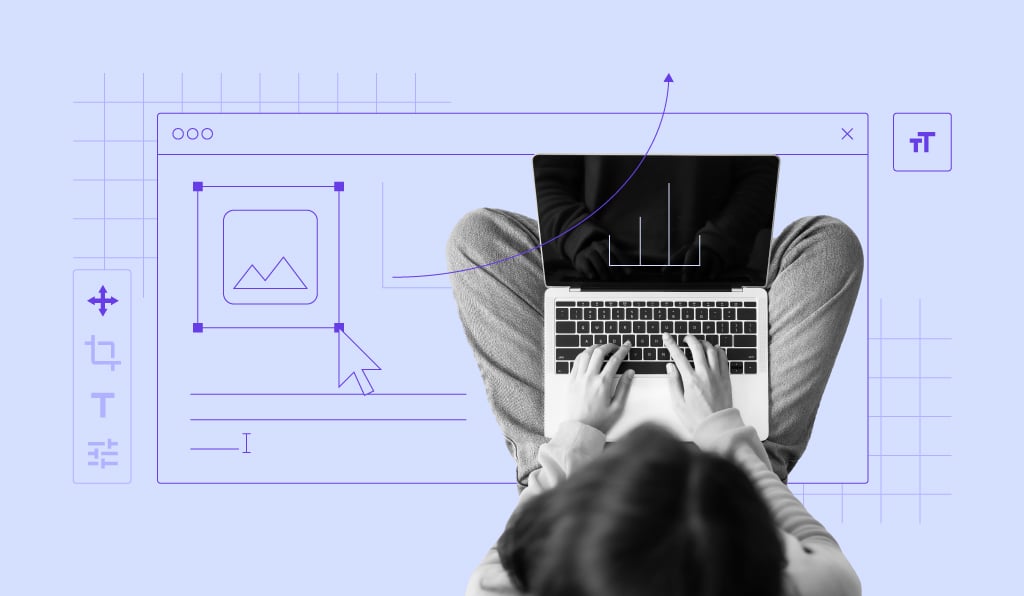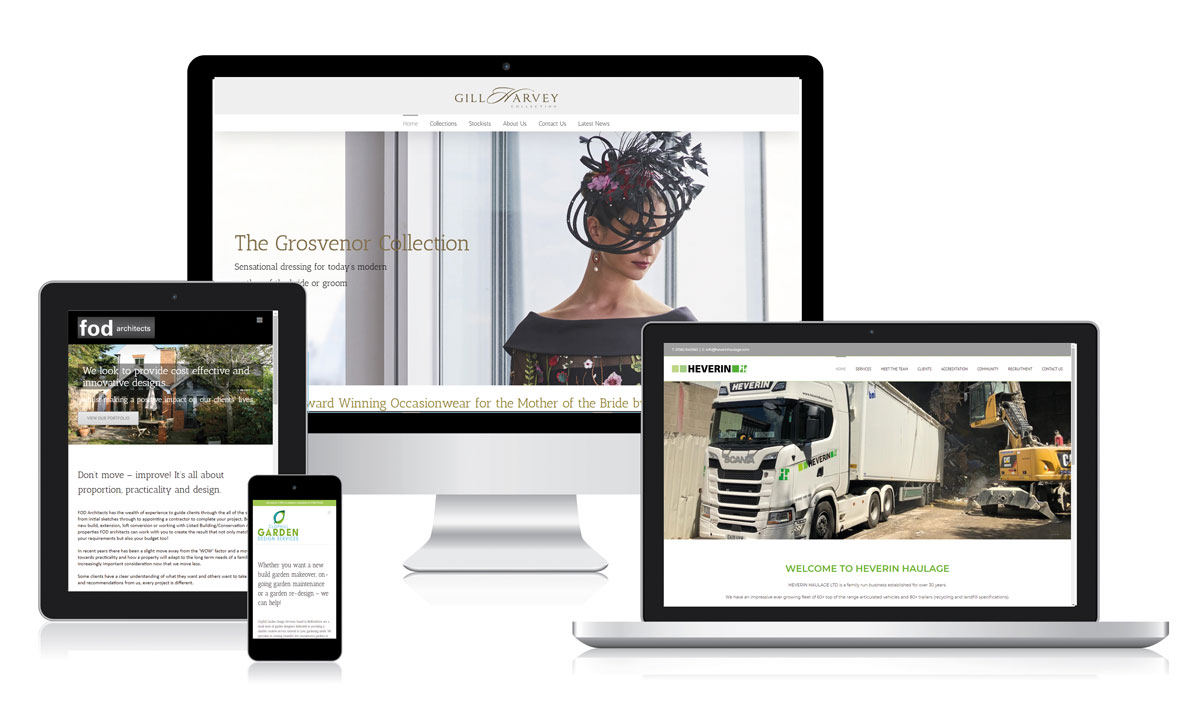The Ultimate Guide to Modern Site Layout Trends
In the ever-evolving electronic landscape, modern internet site style trends play a critical function fit user experience and involvement. From the surge of minimalist design principles that prioritize simpleness to the effect of strong typography in specifying brand name identification, each component adds to a natural on-line presence. The emphasis on mobile-first and responsive methods, along with innovative microinteractions, further boosts usability. Furthermore, the expanding focus on sustainable website design practices reflects a dedication to environmental duty. These patterns collectively elevate crucial concerns about the future of efficient internet design and what it implies for organizations and consumers alike.
Minimalist Design Concepts
Minimal design concepts highlight the concept that less is much more, advocating for simplicity and functionality in aesthetic interaction. This approach strips away unneeded components, concentrating instead on necessary parts that convey the intended message efficiently. By prioritizing clearness, minimalist layout boosts individual experience, enabling site visitors to browse internet sites easily.
Core tenets of minimalist design include using ample white space, which develops a sense of equilibrium and company. This adverse space not only routes the customer's focus to key elements but likewise fosters a relaxing aesthetic environment. In addition, a restricted shade palette is often used, utilizing soft tones or monochromatic systems to maintain visual communication and stop overwhelming the user.
Typography plays a vital role in minimal layout, where legible typefaces are selected for their simplicity and performance in communicating content. Ultimately, minimal layout principles grow a focused setting that urges customers to involve with the content, improving the total efficiency of contemporary website design.
Strong Typography Options
Accepting strong typography choices has actually become a specifying feature of modern-day website design, as it efficiently catches attention and communicates strong messaging. Developers are progressively using typography not just as a functional element however as an essential aesthetic part that boosts the general aesthetic and customer experience.

Furthermore, the juxtaposition of strong typography with minimal design concepts permits for striking contrasts, improving readability while preserving aesthetic charm. The use of whitespace around bold text even more stresses its value, making certain that the message reverberates with the audience.
As electronic landscapes become extra affordable, leveraging strong typography enables brand names to differentiate themselves and leave a long-term perception. The mindful choice of typefaces and their application can stimulate feelings, develop tone, and drive action, making strong typography an important device in modern-day website style. Ultimately, it is an effective method to improve storytelling and ensure that vital messages are not only seen but additionally felt.
Mobile-first and receptive Layout
Mobile-first and receptive design has become an essential concept in contemporary website development, showing the increasing reliance on smart phones for accessing online material. As individual habits changes towards mobile surfing, developers need to prioritize developing experiences that adapt seamlessly throughout different display dimensions and resolutions.
A receptive style guarantees that a site instantly adjusts its design, images, and functionality based on the gadget being made use of. Mobile-first style supporters for establishing web sites at first for smaller sized displays, subsequently scaling up to bigger display screens.
Implementing mobile-first and receptive principles not only accommodates user preferences yet likewise lines up with search engine optimization (SEARCH ENGINE OPTIMIZATION) practices. Major search engines, like Google, focus on mobile-friendly web sites in their positions, making it essential for services to embrace these style strategies. In a competitive digital landscape, accepting responsive and mobile-first design is not simply a choice; it is crucial for ensuring accessibility and engagement with a diverse target market.
Involving Microinteractions
Microinteractions play a critical role in improving customer engagement and overall site experience, especially in the context of mobile-first and responsive design. These refined layout elements provide prompt responses to individuals, making interactions a lot more user-friendly and enjoyable. Examples consist of button animations, notification signals, and filling indications, which not just overview customers however likewise develop a sense of link with the user interface.
Including engaging microinteractions can substantially improve use by decreasing cognitive tons. When users obtain acoustic or aesthetic feedback upon executing activities, such as clicking a switch or sending a kind, they really feel a lot more confident in their choices. This cultivates a smoother navigation experience, ultimately raising customer retention.

As site design trends proceed to advance, the relevance of microinteractions can not be overemphasized. They act as the refined yet effective touchpoints that transform ordinary interactions into extraordinary experiences, thus boosting the total efficiency of contemporary internet design.
Sustainable Website Design Practices
Lasting website design methods are ending up being significantly vital as the digital landscape expands and environmental issues climb. Designers and designers are identifying their duty to create sites that not just serve customer requirements yet likewise reduce ecological impact. This method incorporates several essential techniques.
First of all, enhancing power consumption click here to find out more is paramount. Internet sites should be made to load promptly and effectively, which decreases server power usage and boosts individual experience. Strategies such as photo compression, reducing HTTP requests, and using contemporary coding practices contribute considerably to this objective.
Second of all, choosing environment-friendly holding carriers is critical - website design. Lots of organizing firms are now powered by renewable resource sources, enabling websites to operate in a much more sustainable way. This option mirrors a dedication to minimizing carbon footprints
Moreover, taking on a minimal style can boost sustainability. Fewer components on a web page bring about less information transfer, which not just speeds up filling times yet additionally preserves sources.
Lastly, promoting digital access makes certain that websites reach a larger audience without unneeded bloat, aligning user experience with environmental obligation. By integrating these lasting methods, web designers can add favorably to both customer engagement and the earth's well-being.
Final Thought
In recap, contemporary internet site layout fads internet highlight the combination of minimalist principles, vibrant typography, and receptive design to enhance customer experience. Taking on these trends is vital for developing impactful digital experiences that resonate with customers in a significantly competitive online landscape.
In the ever-evolving digital landscape, modern internet site design trends play a critical role in forming customer experience and engagement. By focusing on quality, minimal design boosts user experience, allowing visitors to navigate websites easily.
Eventually, minimalist layout principles grow a concentrated atmosphere that encourages individuals to involve with the web content, boosting the general effectiveness of contemporary internet site design.Microinteractions play a critical duty in improving user involvement and total web site experience, specifically in the context of mobile-first and receptive design.In summary, modern internet site design patterns highlight the top article integration of minimalist concepts, vibrant typography, and responsive style to boost customer experience.